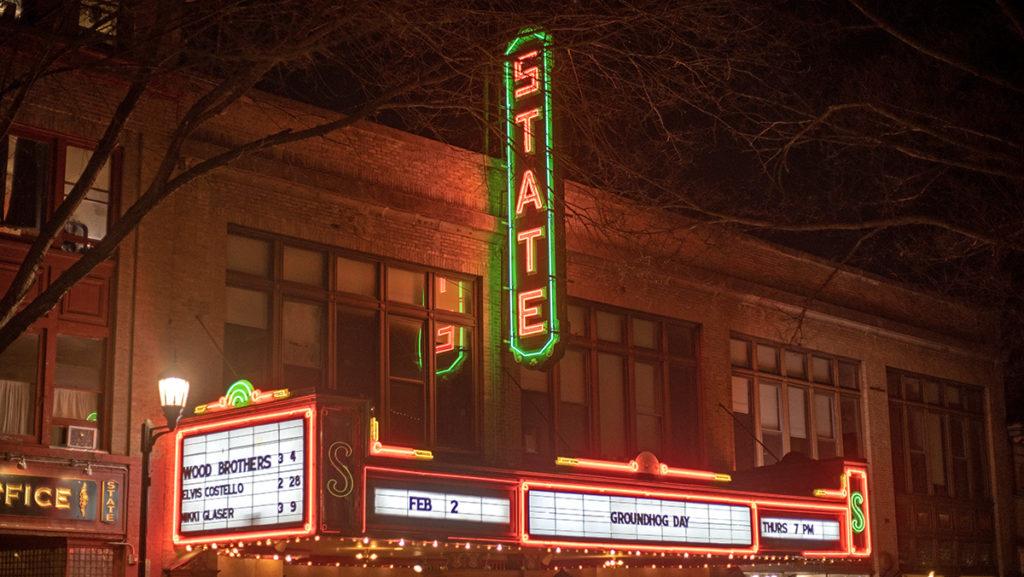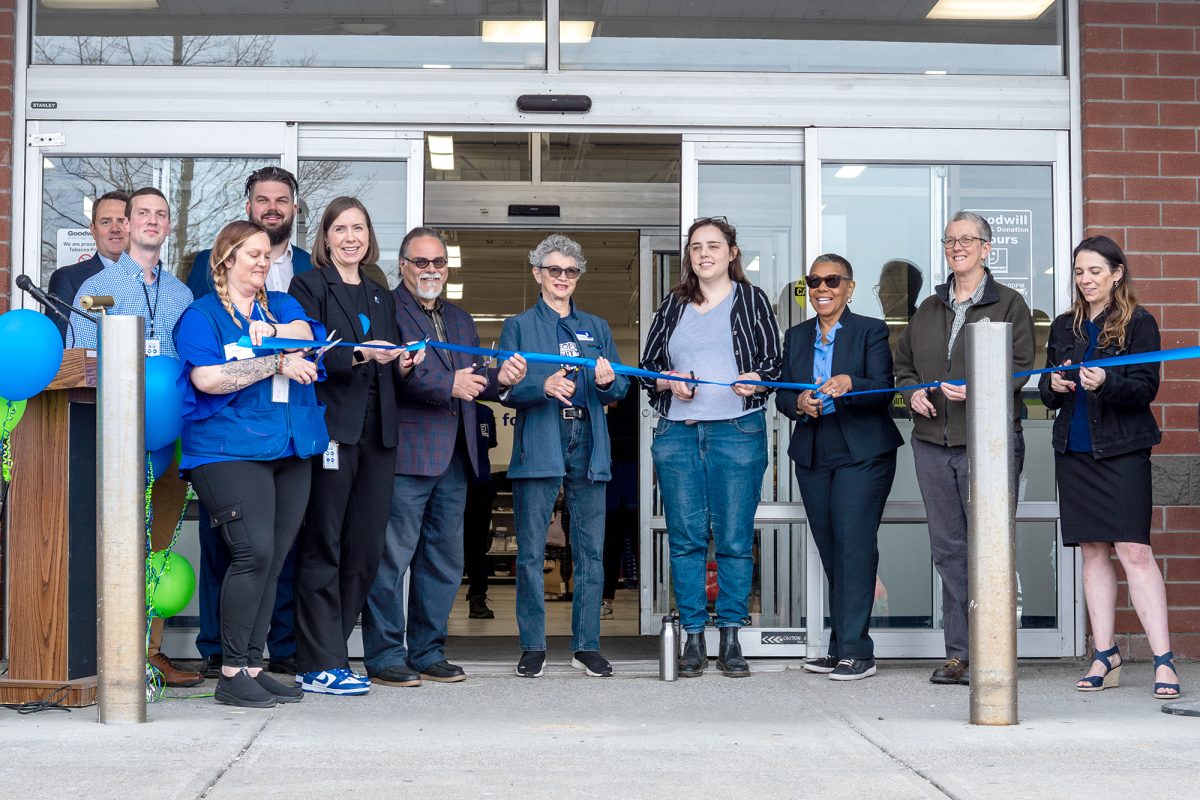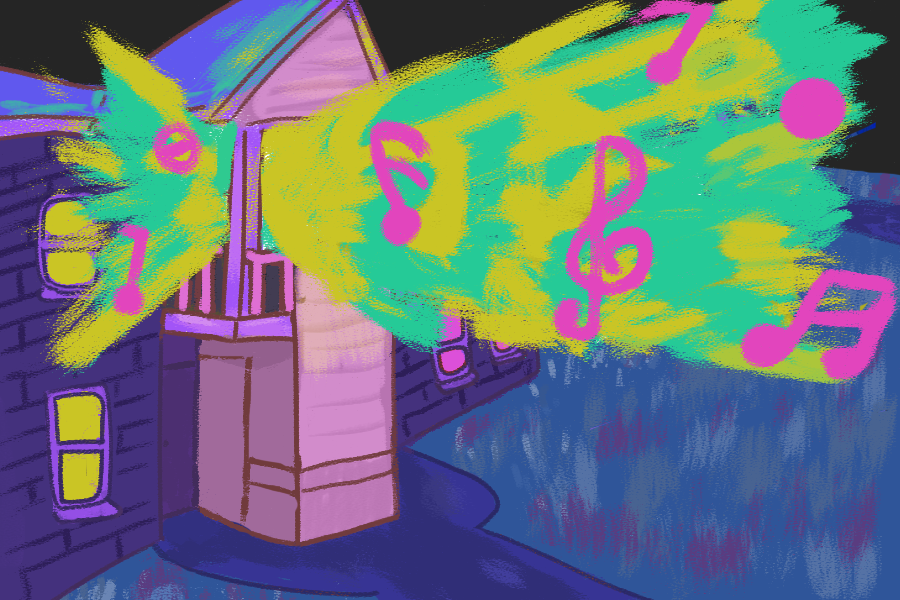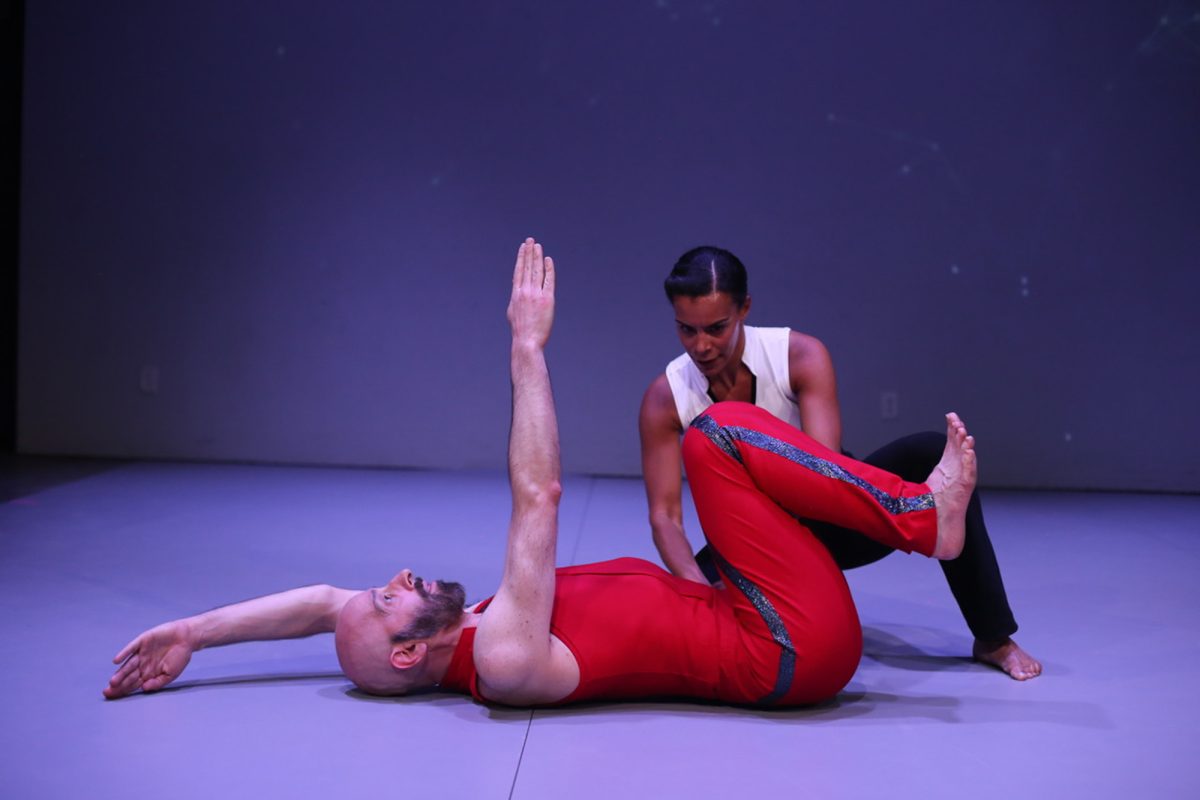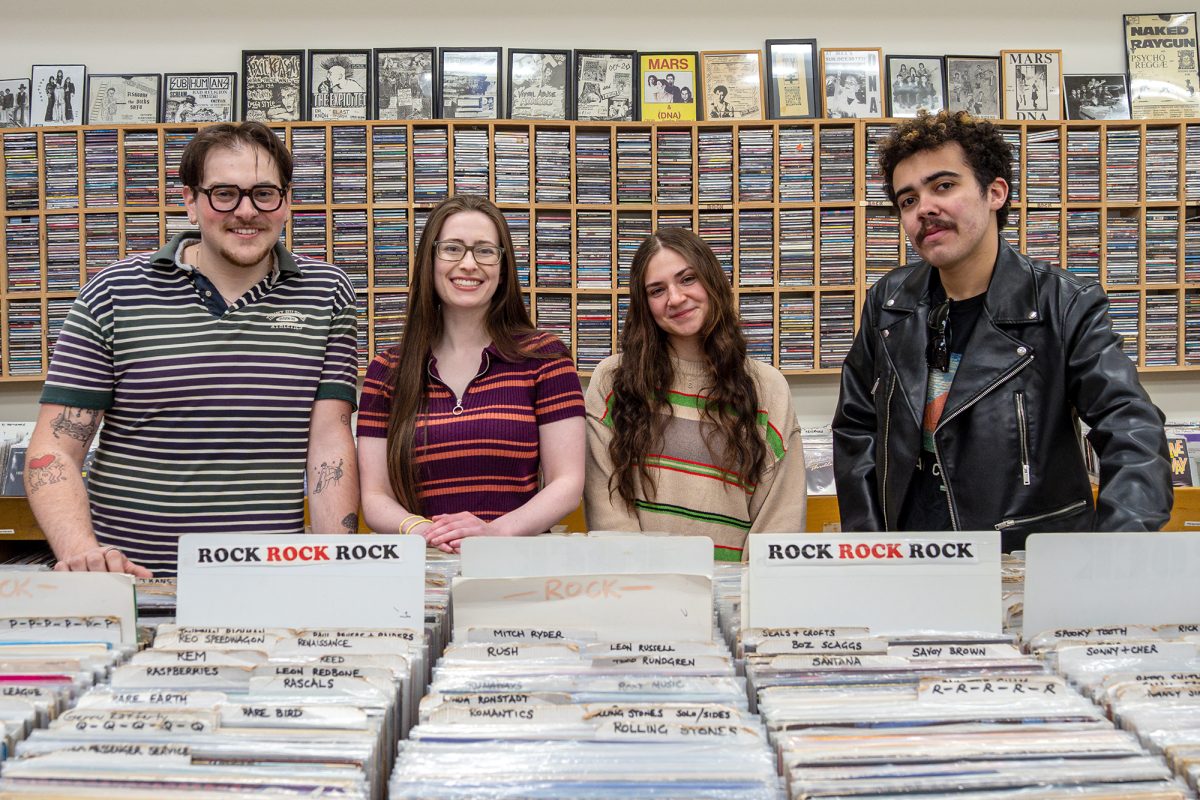For almost 100 years, the State Theatre of Ithaca has stood in the heart of Downtown Ithaca, welcoming performers and guests alike through its doors for concerts, dance performances and movie screenings. In 2020, the COVID-19 pandemic put a halt to that. Almost three years after the outbreak, historical theaters are still feeling the impact.
To offset the negative impact the COVID-19 pandemic had on live events, 13 performing arts centers in Upstate New York joined forces in 2023 to create the Alive Downtowns! coalition, an affiliate corporation of the Upstate Theater Coalition. The primary goal of the coalition is to seek an ongoing $20 million in operating support from the New York State government. The State Theatre is among the 13 historic theaters seeking additional support from the state.
By December 2021, the nonprofit performing arts industry lost over an estimated $3.2 billion, according to SMU Date Arts. The State Theatre is no stranger to hard times — the theater was nearly demolished in the mid-90s, but community volunteerism helped raise money to keep the theater open. However, Ithaca College alum Doug Levine ’98, executive director of the State Theatre, said the pandemic has left a lasting impact on the theater.
“During a normal year, we’re drawing over 50,000 people to our theater,” Levine said. “That’s 50,000 people that are coming down, [people that are] staying in hotels, they’re eating at our restaurants, getting gas, buying drinks after the show. I mean, it’s a huge boom to the economy. And when theaters are struggling, the rest of the cities can struggle too, so we can really use that extra support.”
As a musical theatre major, junior Dexter Conlin said that personally seeing the effect the pandemic had on theater and live shows caused him to feel discouraged at times.
“All of live performance was really affected by the pandemic,” Conlin said. “I know, as a student, it was difficult to see and feel like I couldn’t connect to our form because I was like, ‘What am I even doing this for?’ If there’s nothing to even perform, there’s nowhere to go. There are no venues that are safe.”
While there are no specific plans for federal relief for historical theaters in the New York State budget for fiscal year 2023, the New York State Council of the Arts was awarded $45 million in grants to help support over 1,200 art organizations in New York State return to their pre-pandemic capacity levels. Alive Downtowns! is specifically advocating for aid to contribute directly to the support of its member’s historic buildings.
Philip Morris, CEO of Proctor’s Collaborative, an alliance of arts organizations in Saratoga, Albany and Schenectady, New York, is one of the driving forces behind Alive Downtowns!. After realizing that many theaters were struggling to keep afloat during the pandemic, Morris said he decided to bring together a group of directors from many theaters across Upstate New York — which grew into Alive Downtowns!. Part of the issue, Morris said, was the rapid adjustment theaters were forced to undertake as fewer people went out to see live events.
“I don’t think any of us think we’re going to look like 2019 again,” Morris said. “That doesn’t mean that our buildings aren’t supposed to be and won’t become very, very busy, but it may [look different] because of [streaming and working from home]. … It doesn’t mean our core program is different because people want to hear and see live events, but it does mean a lot of supplemental support things have to adjust for the reality that people might choose to stay home for something rather than go to a public space.”
While the coalition is still in the early stages of working to get lawmakers to provide additional support, Levine said he is hoping to continue to build up support for an integral part of Downtown Ithaca’s history.
“There’s still a lot of negotiation that happens between now and when it’s voted on for a final time,” Levine said. “So we’re gonna keep lobbying, keep pushing, keep getting support for it. But, you know, when organizations like museums and zoos get support from the New York City budget because they’re tourist draws, I mean, we are an even bigger tourist draw than those organizations and we feel like we deserve this.”
The coalition, Levine said, offers other theater directors the opportunity to connect with one another and rally together toward a common goal: protecting and preserving the theater.
“It’s been really great to strengthen our relationships with other theaters,” Levine said. “I mean, you can see theater and you know where we stand alone in Ithaca. There’s not any other theater like us. So it’s nice to talk to other directors. … They might be two, three, four hours away, but they’re dealing with a lot of the same issues that I deal with, so it’s kind of like a brotherhood … or sisterhood … just like to have some similar issues that we all bounce off each other.”
By joining forces with other theaters, Morris similarly said he is hoping to influence the state to offer more aid.
“We’re more powerful as an archipelago than we are as 13 islands by ourselves,” Morris said. “I can’t imagine 13 of us could successfully go after the state individually to get operating support. They would laugh. … We are a critical piece of the story of upstate cities. We’re all about 100 years old. We’re all the last thing standing of our kind in our cities. And if we lose them, we lose in many ways the core of the downtown that so much money and effort has been spent over the last 20 years trying to keep lively … not just functional, but as a defining feature of the larger [part] of each of our communities.”
More than anything, Conlin said he wants to see the theater industry bounce back and offer more support for those within the industry.
“The more that can be done to really help keep artists safe, keep artists employed, is great, because it’s not just a hobby or pastime or something on the side,” Conlin said. “It’s what we’re dedicating our lives [to].”


